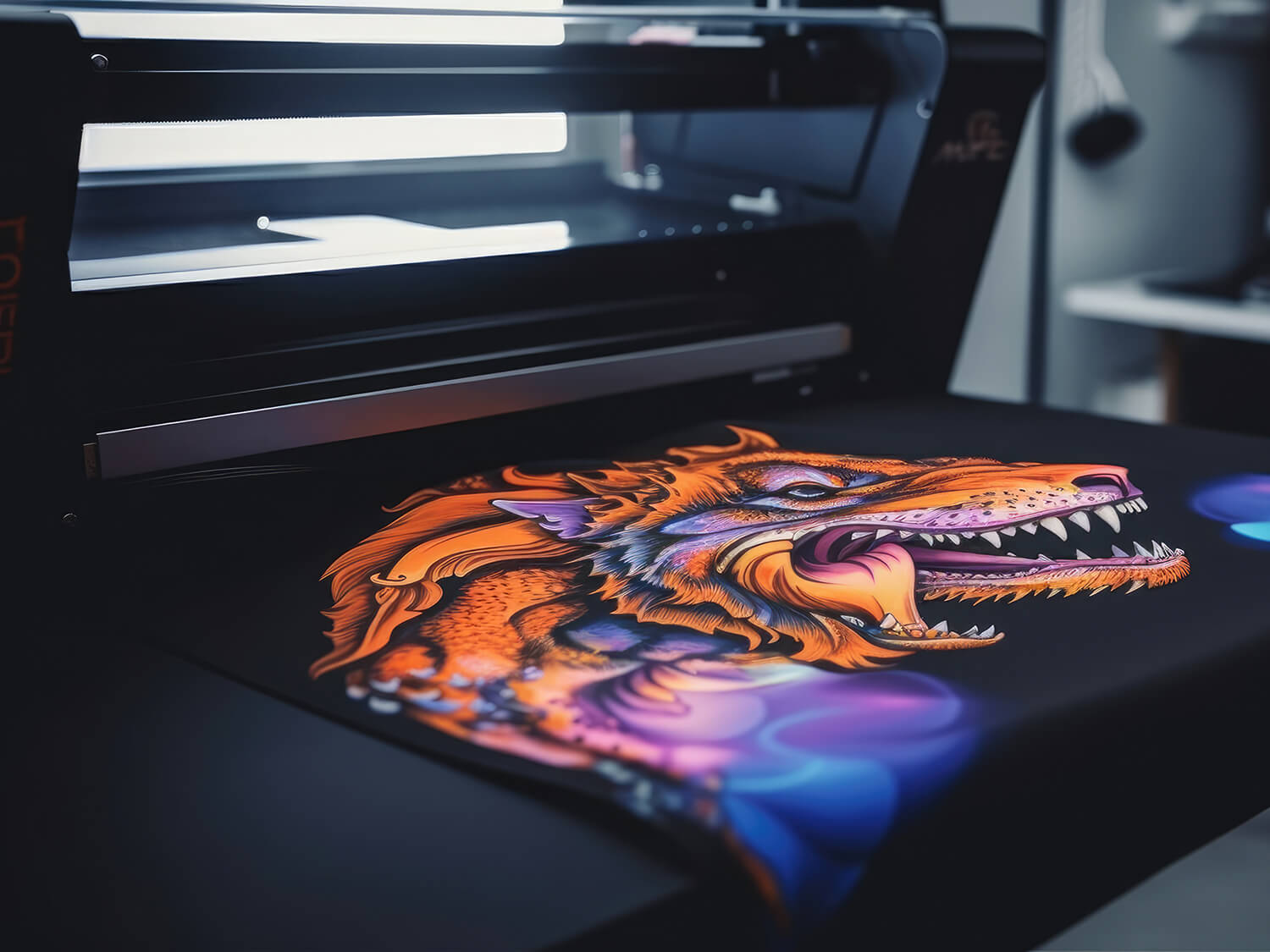Introduction
Custom apparel production has become a dynamic and essential part of business branding, sports teams, events, and personal expression. Whether it’s for uniforms, promotional merchandise, or just a unique design for a group, the production methods behind custom apparel are key to ensuring quality, durability, and aesthetic appeal. As we move into 2024, the demand for custom t-shirts, hoodies, jackets, and other garments continues to rise. With a variety of t-shirt printing methods available, it’s crucial to understand which one will best serve your needs.
This comprehensive guide will walk you through the various custom apparel production methods in 2024, breaking down each technique’s strengths, limitations, and best uses to help you make an informed decision for your next custom apparel order. Let’s dive into the world of custom apparel production!
What is Custom Apparel Production?
Custom apparel production refers to the process of creating garments with personalized designs, logos, or branding elements. This could involve printing or embroidery methods, which are applied to a range of items like t-shirts, hoodies, jackets, hats, and more. Custom apparel is commonly used for uniforms, sports teams, events, retail products, and corporate branding.
The production process starts with choosing the right fabric, followed by the method of customization—whether through printing, embroidery, or other techniques. The method selected impacts the final product’s look, feel, durability, and cost.
Types of Custom Apparel Production Methods in 2024
In 2024, there are numerous methods for customizing apparel. Some are more traditional, while others take advantage of newer technologies. Below are the most popular custom apparel production methods, along with a detailed breakdown of each.

1. Screen Printing
What is Screen Printing? Screen printing is one of the oldest and most popular custom apparel production methods. It involves using a mesh screen to apply ink onto fabric, with areas of the screen being blocked out to create the desired design.
Best for:
- Large orders (over 50 pieces)
- Simple designs with few colors
- Bulk production at affordable prices
Pros:
- High durability of the print
- Vibrant colors that last through washes
- Ideal for large-scale orders
Cons:
- Setup costs are higher for small batches
- Limited to certain designs (complex designs can be expensive to produce)
- Each color requires a separate screen, so multi-color designs can become costly
Why It’s Popular in 2024: Screen printing remains a go-to method for custom apparel due to its cost-effectiveness and ability to produce durable, high-quality prints in large quantities. It’s a tried-and-tested method that businesses, sports teams, and organizations still rely on for their custom apparel needs.

2. Direct-to-Garment (DTG) Printing
What is Direct-to-Garment (DTG) Printing? DTG printing uses a specialized inkjet printer to apply designs directly onto the fabric. It’s a highly detailed and versatile method that allows for full-color prints and photo-quality images.
Best for:
- Small batches or one-off designs
- Detailed and multi-colored designs
- Orders requiring high-quality images or photographs
Pros:
- No setup fees, making it cost-effective for small orders
- Great for complex designs and full-color prints
- Ideal for designs that require a lot of detail
Cons:
- Not as durable as screen printing (prints may fade after several washes)
- Limited fabric options (works best on cotton-based materials)
- Slower than screen printing for larger orders
Why It’s Popular in 2024: DTG printing has become an excellent choice for small businesses, custom shops, and those in need of highly detailed or multi-color designs. It’s versatile and offers high-quality results, particularly for low-to-medium volume orders.

3. Heat Transfer Printing
What is Heat Transfer Printing? Heat transfer printing involves printing a design onto a special transfer paper and then using heat to transfer the design onto the garment. This method is often used for both small and large orders and can accommodate detailed graphics, including full-color images.
Best for:
- Small runs or individual custom apparel orders
- Personalization (such as names or numbers)
- Custom apparel for events, sports teams, or promotional products
Pros:
- Works on a variety of fabrics and garment types
- Quick turnaround time for small orders
- Relatively low-cost setup
Cons:
- Design may peel or fade after multiple washes
- Not as durable as screen printing
- Less effective on darker garments
Why It’s Popular in 2024: Heat transfer printing remains an affordable and accessible option for individuals, small businesses, and event organizers looking to create custom apparel quickly and cost-effectively. It’s a great method for making personalized items or custom gifts for special events.

4. Embroidery
What is Embroidery? Embroidery is the process of stitching a design directly onto the fabric using thread. It’s commonly used for logos, names, and other simple designs, and it’s most often seen on items like polo shirts, hats, and jackets.
Best for:
- High-end, professional custom apparel (e.g., corporate uniforms)
- Small, detailed designs or logos
- Items that need to withstand heavy wear and tear
Pros:
- High durability and professional look
- Works well for small, intricate designs
- Adds texture and dimension to the design
Cons:
- Limited color options (compared to printing methods)
- Expensive for larger designs
- Can be less flexible than printing methods
Why It’s Popular in 2024: Embroidery remains a popular choice for companies looking to elevate their professional appearance. It’s particularly popular for branded apparel and high-end merchandise, where the durability and upscale look of embroidery are essential.

5. Sublimation Printing
What is Sublimation Printing? Sublimation printing uses heat to transfer dye onto fabric. Unlike other printing methods, sublimation works by turning the ink into a gas, allowing it to bond with the fibers of the fabric, creating a long-lasting print.
Best for:
- Full-color, all-over prints
- Polyester or polyester-blend fabrics
- Sports teams, activewear, and custom promotional apparel
Pros:
- High-quality, vibrant, and durable prints
- Designs won’t peel or fade
- Great for full coverage designs (all-over prints)
Cons:
- Only works on light-colored polyester fabrics
- Limited to certain garment types
- Can be more expensive than traditional printing methods
Why It’s Popular in 2024: Sublimation printing has become increasingly popular for sports teams and activewear because of its durability and ability to print full-color designs across the entire garment. It’s the go-to method for all-over prints on athletic apparel.
Choosing the Right Custom Apparel Production Method
Selecting the right custom apparel production method depends on several factors, including the type of design, the quantity of garments, the type of fabric, and your budget. Here are some tips for choosing the best method:
- For detailed, full-color designs: DTG printing and sublimation are ideal choices.
- For large orders with simple designs: Screen printing offers a cost-effective solution.
- For high-end, professional-looking apparel: Embroidery is the way to go.
- For small orders or personal items: Heat transfer printing or vinyl cutting can provide quick and affordable options.
- For full-coverage designs: All-over dye sublimation provides the most vibrant and durable results.
Conclusion
Custom apparel production methods have evolved significantly in 2024, offering a variety of choices to meet the needs of businesses, sports teams, nonprofits, and individual customers alike. Whether you’re looking for a method that ensures the durability of your custom designs or one that can handle intricate artwork, understanding each process’s strengths and limitations is essential to making an informed decision.
By choosing the right custom apparel production method for your specific needs, you can ensure that your designs come out looking sharp, lasting long, and delivering the perfect message for your brand or event. As technology continues to advance, the world of custom apparel production will undoubtedly evolve further, offering even more exciting options for creativity and customization. So, whether you’re starting a new apparel line, creating custom team uniforms, or making branded merch for an event, there’s never been a better time to explore the possibilities of custom apparel production in 2024!


